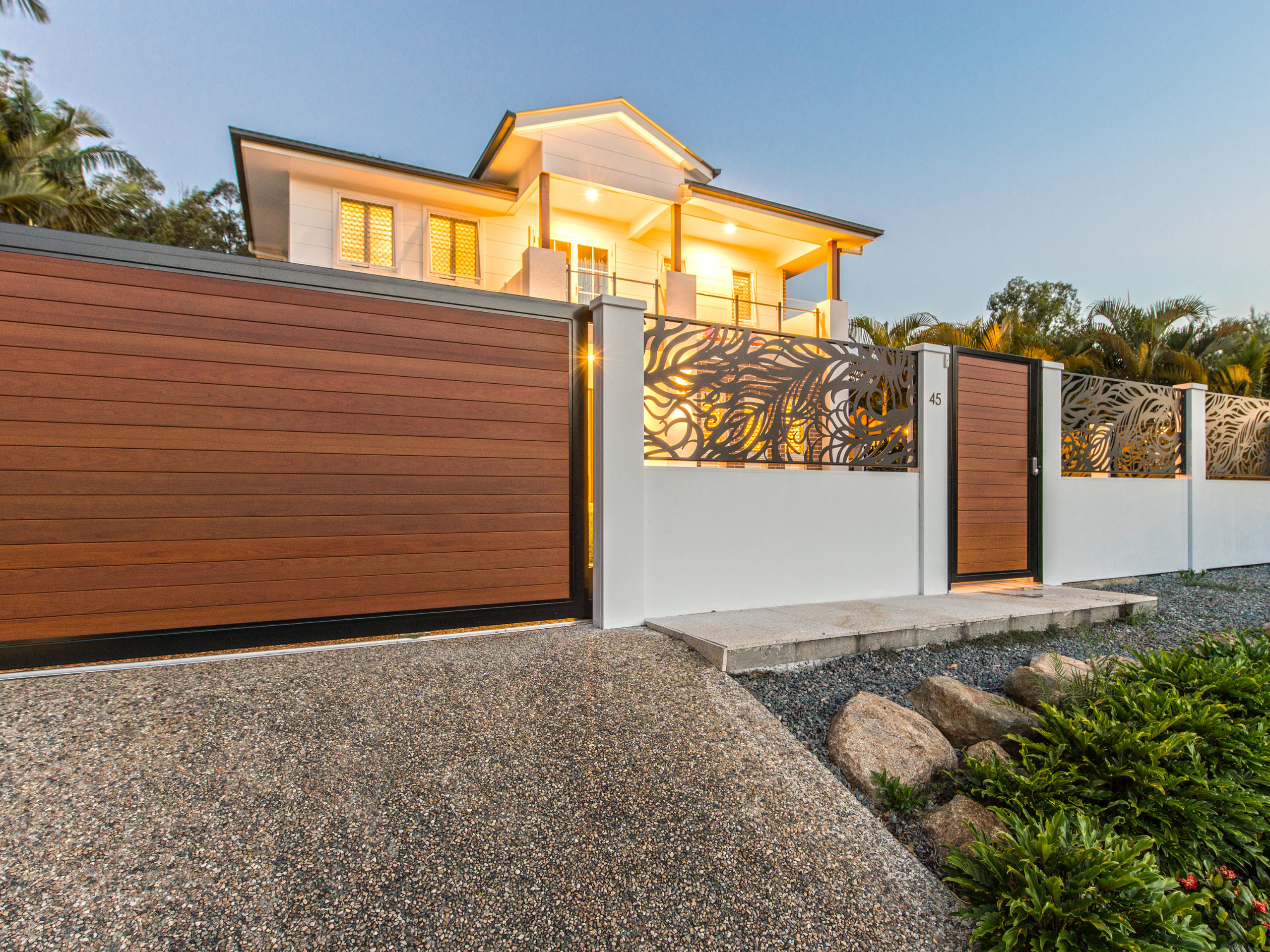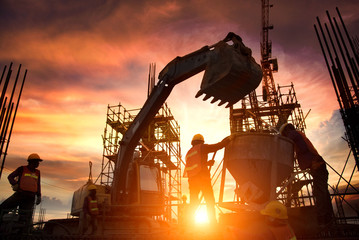Stamped Concrete Colorado Springs is a concrete finishing technique that imitates the look of natural building materials such as slate, wood, stone, brick, or cobblestone. It’s highly customizable, with many shapes, finishes, and textures.
It’s also easy to maintain, requiring only sweeping and periodic rinsing. Learn more about this popular option here.

Concrete is one of the most versatile building materials, allowing various aesthetics and finishes. In addition, it is durable enough to endure weather events, moisture, and heavy traffic, making it ideal for outdoor spaces. However, sometimes homeowners want to amplify the look of concrete by adding texture, pattern, and color. In such cases, stamped concrete is the perfect solution.
A decorative concrete technique, stamped concrete is made by imprinting a template in partially set concrete to create the desired design. The result emulates brick, natural stone (flagstone, slate, and fieldstone), cobblestone, and tile. It can be used for patios, pool decks, driveways, walkways, and interior floors and walls.
Due to its versatility, durability, and affordability, stamped concrete is an increasingly popular choice for modern home designs. Its unique aesthetic appeal can transform an entire exterior space, boosting curb appeal and increasing property value. In addition, unlike pavers and other outdoor paving options, it is easier to install and requires less maintenance over time.
Stamped concrete can be colored using a pigment system and incorporated into many architectural styles. It can also be textured to produce a rough or smooth surface. Combined with other concrete services, such as acid staining or exposed aggregate, stamped substantial offers endless possibilities for your home or business.
When using concrete stamps, use a high-quality tool that will allow for an even and accurate impression. Walttools offers a line of concrete stamps and skins that are easy to use and will give your project a professional finish. In addition, it is important to apply a concrete release agent to the concrete before you begin stamping to prevent sticking.
When compared to pavers and other natural paving materials, stamped concrete is more affordable and less prone to cracking over time. It is also a great choice for areas subject to repeated water flow, as it can help reduce the risk of flooding and puddles. Furthermore, it is more tolerant to freeze-thaw cycles than pavers and other materials.
If you are looking for a durable paving material more stable than brick or natural stone, then patterned concrete may be your solution. It is a more affordable alternative that will last for years. However, like any other paving material, it is not indestructible. Changing temperatures, excessive moisture, soil movement, and other environmental factors can affect its durability. It is still one of the longest-lasting materials available and requires less maintenance than many other options.
Stamped concrete is more durable than traditional precast slabs but can also crack, especially if improperly installed. It is important to hire a contractor with experience and a crew that understands the process to minimize the possibility of errors during installation. The key is to prepare the concrete before installation properly. This includes testing the concrete mix for viscosity, ensuring all materials are mixed correctly, and using a proper release agent before stamping the concrete. Inspecting the completed work and making any necessary corrections to the concrete before it hardens is also important.
Surface cracking (plastic shrinkage) is a common problem with newly poured concrete. It occurs when the environment surrounding the concrete changes before it has had time to harden completely. The concrete in the top layer gets harder before the concrete beneath it, causing damage to the surface that is unsightly and sometimes dangerous.
Another common issue with stamped concrete is small tears on the surface. These occur near the edges of the “stones” in the pattern and often resemble small cracks. They are caused by the stamping mats that workers push down to create the impression in the concrete. The force exerted on the mats by the workers can pull the concrete apart, making the tears.
Some customers also complain about areas of puddling on their new concrete. This condition occurs in tight areas where stamping concrete perfectly and evenly cannot be easy. It can also happen when the weather or temperature causes the concrete to get firmer faster than the rest of the slab. This results in areas that puddle or hold water, sometimes called a bird bath.
Stamped concrete requires significantly less maintenance and upkeep than other options, such as pavers. While pavers will experience moss growth, shift, and crack over time and require re-edging every year or so, concrete patios, walkways, and driveways can withstand the elements and remain stable and beautiful for years to come with minimal effort on your part.
A broom and a garden hose are all you will need to keep your new stamped concrete looking its best. Sweep the surface weekly to remove dirt, debris, and leaves. If you live where de-icing salt is used, sweep and rinse off your concrete frequently, as the corrosive chemical can cause damage. If stains appear, try using an alkaline degreaser that’s safe for use on stamped concrete. If the stains persist, consult your contractor to discuss additional solutions.
Consider having your driveway or patio professionally stained to upgrade your home’s curb appeal. This is a cost-effective and long-lasting solution that will increase your property value. A professional contractor will provide samples and a wide range of colors to find the right shade that compliments your home’s architecture.
Although pavers offer a high return on investment, stamped concrete is also a great choice for homeowners who want to add character and charm to their outdoor living space without the extra expense of installing pavers. A well-maintained stamped concrete patio can add as much as 15 percent to the resale value of your home.
In addition to being affordable and durable, stamped concrete is environmentally friendly as it uses recycled materials. Additionally, a stamped concrete patio can be constructed in a fraction of the time as a paver patio, and it’s easy to install over an existing concrete or asphalt surface. This means you won’t have to pay costly excavation and landfill fees. It’s no wonder so many people choose stamped concrete as an attractive and functional addition to their home’s landscape.
Concrete is an affordable material to use as a base for your patio, pool deck, or driveway. It can then be textured, colored, and stamped to resemble the look of flagstones, bricks, slate, wood, or tile. This elevates your outdoor living spaces to a new level without the high cost of other materials like pavers or stone slabs.
In addition to the basic concrete cost, you will have to factor in the costs of the concrete stamps and the form-building materials like a vapor barrier or wire mesh. The size and complexity of the project also determine its overall price. For example, a simple square or rectangular patio will cost less than a curved walkway or driveway with complex arcs and elevation changes. Professionals have the specialized tools needed to complete such projects, which may be more cost-effective than doing it yourself.
If you use a concrete contractor to do the work, they will take the time to ensure that your job is done correctly and to your specifications. This will help prevent future hardscaping issues, such as cracking or fading. Additionally, they can recommend the best sealant for your concrete to protect it from weather elements and pool chemicals.
Whether you want to create a stunning backyard kitchen, upgrade your driveway, or add a walkway, stamped concrete is an affordable and durable option for your next home improvement project. It is also a green alternative to pavers and other traditional paving materials.
Contact a licensed concrete contractor today if you’re ready to invest in your home. They can provide you with a quote for your project and create a payment schedule that fits your needs. Depending on the work completed, you can make a small deposit followed by payments at set intervals until the job is finished. This allows homeowners to budget their money more effectively and avoid overspending. It also helps eliminate any financial stress that may arise during construction. This is especially helpful for homeowners on a tight timeline or needing to stay within a specific budget.



